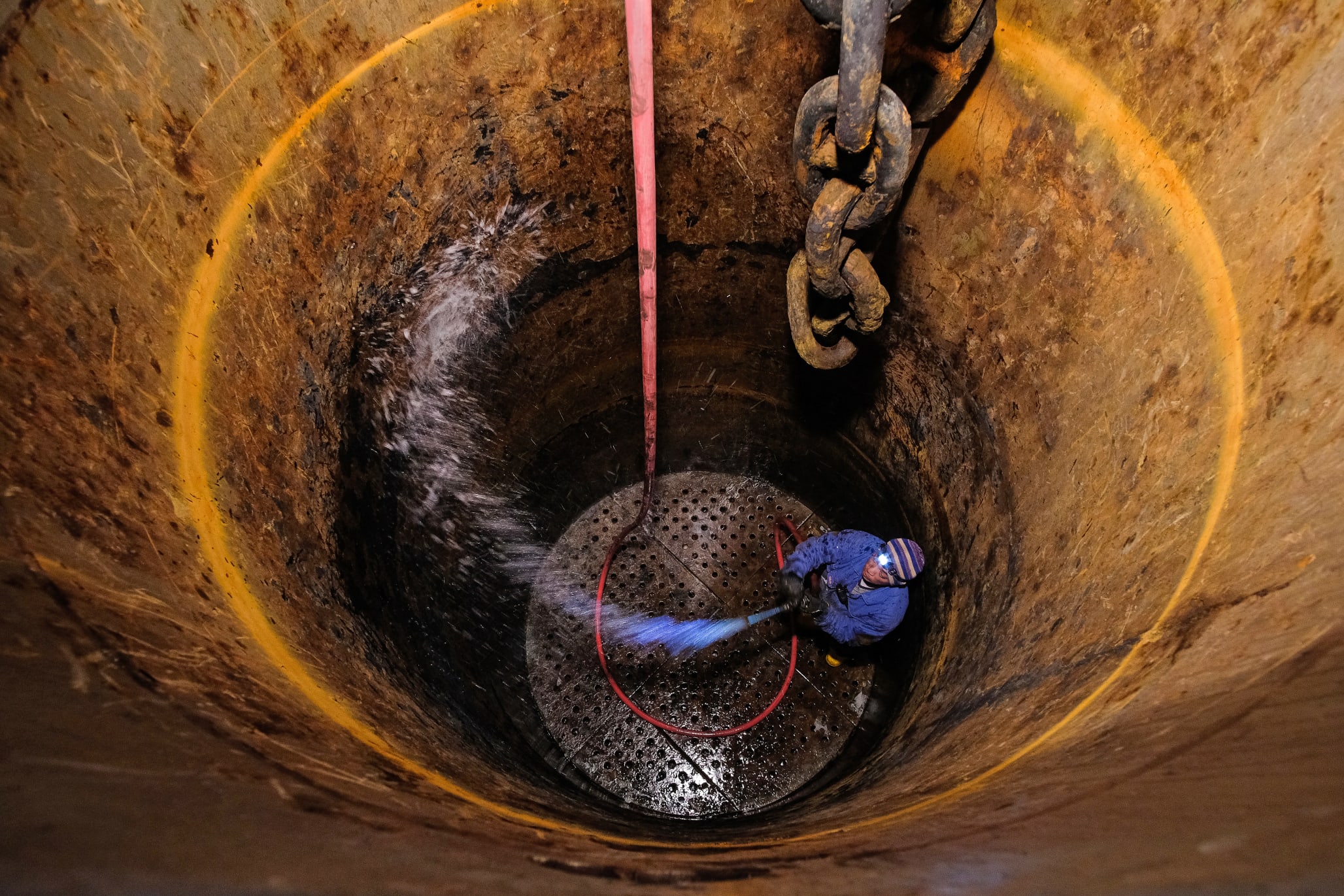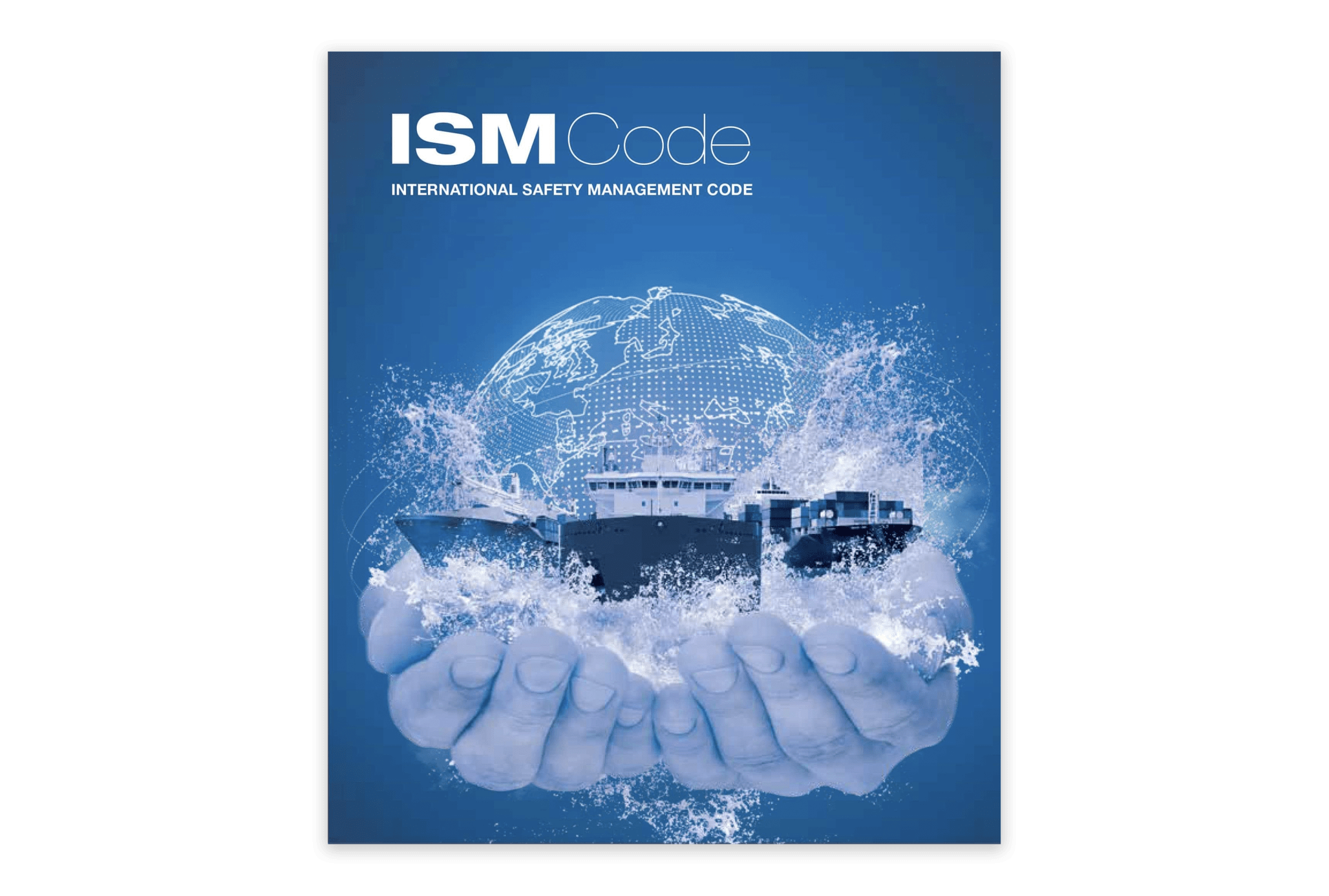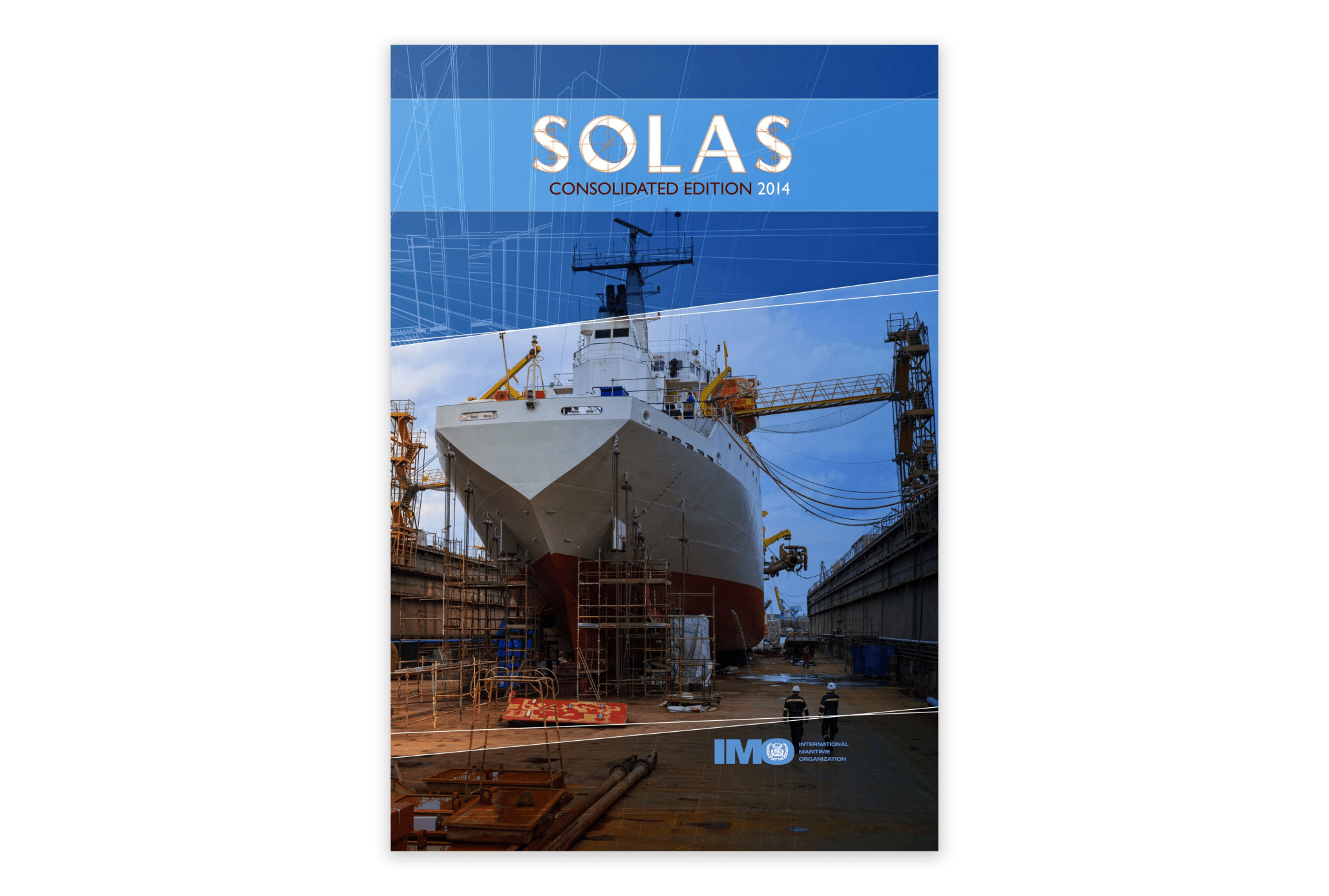There are hundreds of accidents every year where the worker is in an enclosed space. Over 50% of workers who die in confined spaces are attempting to rescue colleagues. Many of the casualties that have occurred in enclosed spaces on ships have resulted from people entering an enclosed space without proper supervision or adherence to agreed procedures.
In almost every case, the casualty would have been avoided if the simple guidance available had been followed. The rapid rescue of personnel who have collapsed in an enclosed space presents a particular risk. It is a human reaction to go to the aid of a colleague in difficulties. Still, far too many additional and unnecessary casualties have occurred from impulsive and ill-prepared rescue attempts.
Enclosed space is defined as a space having the following characteristics:
- Limited openings for entry and exit.
- Unfavorable natural ventilation.
- They were not designed for continuous worker occupancy.

Although pump rooms come within the definition of an enclosed space, they have their particular equipment, characteristics, and risks that require special precautions and procedures. These are explained in lesson 6 in this course. Here follow a few examples of enclosed spaces, but there could be many more than these:
- Cargo tanks.
- Double bottoms.
- Fuel tanks.
- Ballast tanks.
- Pump rooms.
- Cofferdams.
- Void spaces.
- Duct keels.
- Inter-barrier spaces.
- Engine crankcases.
- Sewage tanks.

Training and Drills
Employers should provide the employees with any necessary training, instruction, and information to comply with all requirements of an Entry into Dangerous Spaces Regulations.
The Necessary Training Should Include:
1. Recognition of the circumstances and activities likely to lead to the presence of a dangerous atmosphere.
2. The hazards associated with entry into hazardous spaces and the precautions to be taken.
3. The use and maintenance of equipment and clothing required for entry into dangerous spaces.
4. Instructions and drills in rescue from dangerous spaces.

Rescue Drills required by SOLAS
SOLAS Regulation III/19 has been amended with a requirement to carry out “Enclosed Space Entry and Rescue Drills” onboard ships. The frequency of such drills is at least once every two months. Crew members with enclosed space entry or rescue responsibilities shall participate in a confined space entry and rescue drill. Every crew member shall be given instructions to risks associated with enclosed spaces and onboard procedures for safe entry into such spaces. Enclosed space entry and rescue drills should be planned and conducted safely, taking into account, as appropriate, the guidance provided in the recommendations developed by the International Maritime Organization (IMO).
Note that the Maritime Safety Committee (MSC), a part of IMO, has approved to add regulation XI-1/7 to SOLAS. This regulation mandates ships to carry gas detecting equipment that is capable of determining hydrogen carbon monoxide, sulphide, oxygen, and flammable gasses which is needed before any closed space entry.
Each Enclosed Space Entry and Rescue Drill Shall Include:
- Checking and use of personal protective equipment required for entry.
- Checking and use of communication equipment and procedures.
- Checking and use of rescue equipment and procedures.
- Instructions in first aid and resuscitation techniques.
Records of all enclosed space entry and rescue drills shall be registered in a log-book prescribed by the flag-state.


